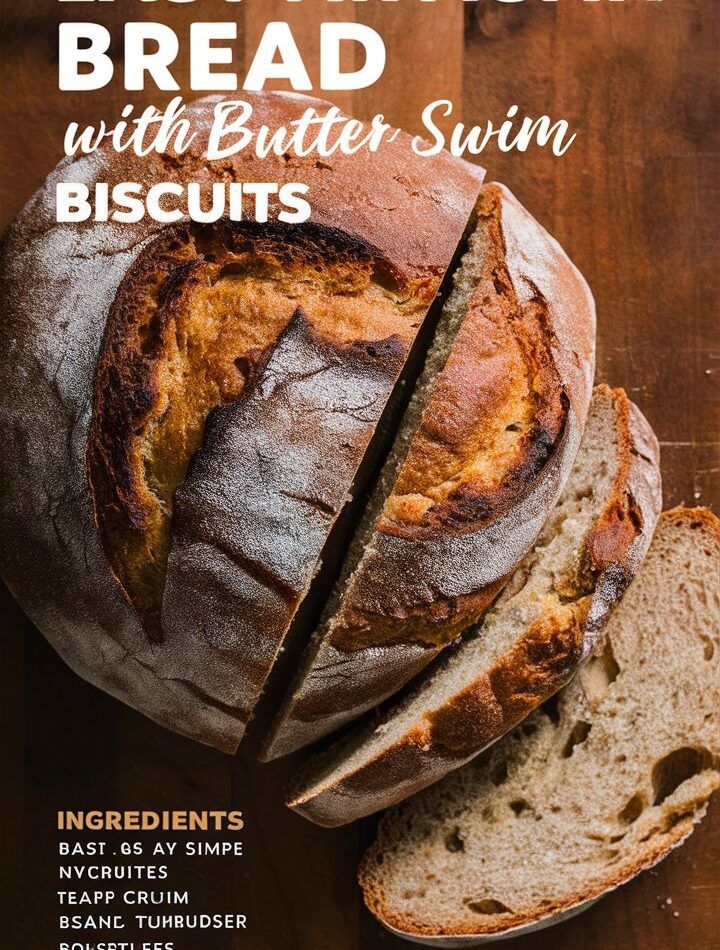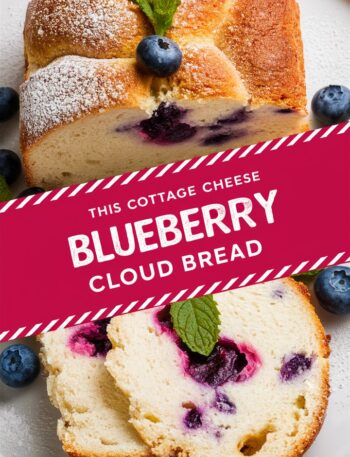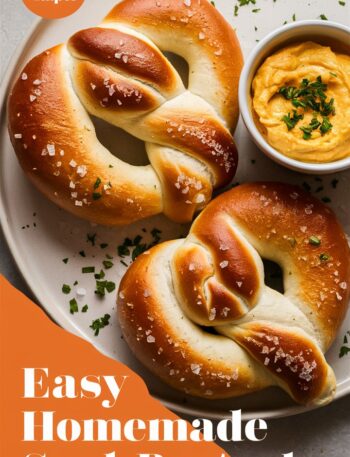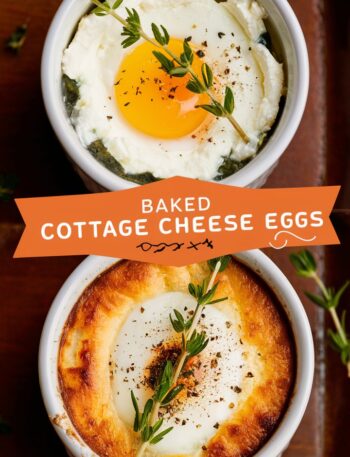There’s something soul-soothing about pulling a freshly baked artisan bread loaf from the oven. It’s the golden crust, the tender interior, and the simplicity of ingredients that take us back to real, wholesome cooking. This easy artisan bread recipe delivers all that cozy satisfaction—no stand mixer, no kneading, no stress.
Perfect for busy home cooks who still crave the magic of fresh bread, this method relies on four humble pantry staples and a little patience. With a dough that practically makes itself and a crust that cracks with every cut, this loaf is the ultimate companion to any meal—from hearty stews to sunny-side-up eggs. And yes, it pairs beautifully with classics like butter swim biscuits and cheesy potato bakes.
Let’s dive into a simple, satisfying recipe that makes you feel like a total baking wizard—no professional gear required.
🍞 2. Why Artisan Bread Feels Like Home
Artisan bread is more than just food. It’s comfort, tradition, and simplicity wrapped into a golden crust. There’s no better feeling than slicing into a fresh loaf and hearing that satisfying crackle. But what truly makes this recipe special is how effortless it is.
Think about it: bread-making used to be intimidating—measuring, mixing, kneading, waiting, shaping, rising, baking. But not anymore. This easy method tosses out the fear and invites everyone—yes, even first-timers—into the warm world of home baking.
And when your house smells like a bakery? You know you’ve done something right.
🧂 3. Ingredients You’ll Need
Let’s keep it honest and simple. You don’t need fancy flour or high-end yeast. Here’s all it takes:
- 3 cups all-purpose flour – No bread flour necessary
- 1 ½ teaspoons salt – To bring out flavor
- ½ teaspoon instant yeast – No need to activate
- 1 ½ cups warm water – Feels like bathwater (around 110°F/43°C)
That’s it. No oil. No sugar. Just the basics.
👩🍳 4. How to Make Artisan Bread – Step-by-Step
This method is designed for real life. Got dishes in the sink? Kids running around? No problem. This recipe fits into your world, not the other way around.
Step 1: Mix the Dough
In a large mixing bowl, combine flour, salt, and yeast. Stir them together, then pour in the warm water. Mix with a wooden spoon or spatula until a shaggy dough forms. It will look sticky and messy—perfect.
Step 2: Let It Rest (12–18 Hours)
Cover the bowl with plastic wrap or a clean towel. Leave it at room temperature for 12 to 18 hours. This slow rise allows the gluten to develop naturally, creating that perfect airy crumb.
Pro tip: Start it before bed and bake it the next afternoon.
Step 3: Preheat the Oven and Dutch Oven
Preheat your oven to 450°F (232°C). Place your Dutch oven (with lid) inside while it preheats—this ensures a crispy crust. Give it at least 30 minutes to get screaming hot.
Step 4: Shape the Dough
Turn the dough out onto a well-floured surface. Gently shape it into a ball—don’t knead it! Just fold the edges under until it forms a rough round.
Step 5: Bake It
Using oven mitts, carefully remove the hot Dutch oven and place your dough inside (use parchment paper if you prefer easy cleanup).
- Cover with the lid and bake for 30 minutes
- Remove the lid and bake 10–15 minutes more, until deep golden and crisp
Step 6: Cool and Serve
Place the bread on a wire rack. Try to wait at least 30 minutes before slicing. The inside continues cooking and setting during this time. But if you can’t resist? No judgment.
💡 5. Tips for First-Time Bread Bakers
- Check your yeast: Expired yeast = no rise. Always test freshness.
- Sticky dough = good dough: It should be tacky, not dry.
- Use parchment paper: Makes transferring into the Dutch oven much easier.
- Flour your hands: Prevents sticking while shaping.
- Let it rest: Patience rewards you with better flavor and texture.
🔍 6. Why This Recipe Works (and Why It’s Different)
Unlike traditional bread that requires time-intensive kneading and multiple rises, this recipe uses time instead of effort. The long fermentation does all the heavy lifting, building structure and taste without any elbow grease.
Most “easy bread recipes” cut corners and sacrifice flavor. This one does neither. It’s foolproof, flavorful, and flexible.
🥐 7. Artisan Bread vs. Butter Swim Biscuits
These two classic comfort foods share a common goal: pure satisfaction.
| Feature | Artisan Bread | Butter Swim Biscuits |
|---|---|---|
| Texture | Crispy crust, chewy interior | Buttery, flaky, soft |
| Method | Slow rise, no kneading | Quick bake, no rise needed |
| Best With | Soups, stews, butter, jam | Gravy, breakfast dishes |
| Cooking Time | Long fermentation | 30 minutes start to finish |
Want both on your table? Use this bread with dinner and the biscuits with breakfast. Win-win.
🧀 8. Creative Serving Ideas
Here’s how to get the most from your golden loaf:
- Dipped in olive oil + herbs
- Toasted with garlic butter
- Grilled into sandwiches
- Smeared with jam or cream cheese
- As a base for French toast
- Cubed for croutons
- With butter swim biscuits for a full carb-lovers brunch
🧊 9. Storage Tips for Leftovers
Fresh bread doesn’t last forever, but you can extend its life with these smart tips:
- Short-Term (1–2 Days): Wrap in a clean towel or paper bag and leave on the counter. Avoid plastic—it makes the crust soggy.
- Medium-Term (Up to 5 Days): Store in a bread box or cloth bag.
- Long-Term (Up to 3 Months): Slice and freeze. Pop in the toaster or oven straight from frozen for instant deliciousness.
🕒 10. Make-Ahead Dough: Yes, You Can
Want warm bread tomorrow? Just mix your dough tonight.
- Mix and cover
- Let it rise at room temp for 6 hours
- Then refrigerate overnight
- Bake within 24–36 hours for best results
Slow-fermenting in the fridge gives it extra flavor, like sourdough but easier.
❓ 11. Common Bread Questions – FAQ
Q: My bread didn’t rise. What happened?
Check your yeast—if it’s expired or the water was too hot, it won’t activate.
Q: Can I use whole wheat flour?
Yes, but sub only up to 50% of the all-purpose flour or it will be too dense.
Q: I don’t have a Dutch oven. Now what?
Use a heavy oven-safe pot with a lid or a deep casserole dish. Add a tray of hot water to the bottom of the oven for steam.
Q: Can I add herbs or cheese?
Absolutely! Add 1–2 tablespoons of chopped herbs, shredded cheese, or even roasted garlic into the dough before the rise.
🍌 12. Try These Bread Recipes Next
- Garlic Swirl Rolls – A buttery, garlicky twist that’s unforgettable
- Moist Banana Bread – A sweet slice of home, great with tea
- Cinnamon Sugar Bread Bites – Like churros, but homemade and baked
- Butter Swim Biscuits – Rich, golden, and absolutely addictive
📊 13. Nutrition Information (Per Slice)
- Serving Size: 1 slice (of 12)
- Calories: 160
- Fat: 0.5 g
- Sodium: 290 mg
- Carbohydrates: 33 g
- Fiber: 1.5 g
- Protein: 5 g
- Cholesterol: 0 mg
- Sugar: 0.2 g
✨ 14. Final Thoughts
Homemade artisan bread brings warmth to the kitchen, joy to the table, and pride to the baker. With no need for fancy tools or complicated steps, it’s a recipe built for real people with real lives. Whether you serve it with comfort meals, sweet jams, or creamy soups, it’s always the star of the table.
And if you’re a fan of easy recipes, no-fail methods, and satisfying results, this bread—and the butter swim biscuits it complements—is your next kitchen victory.




